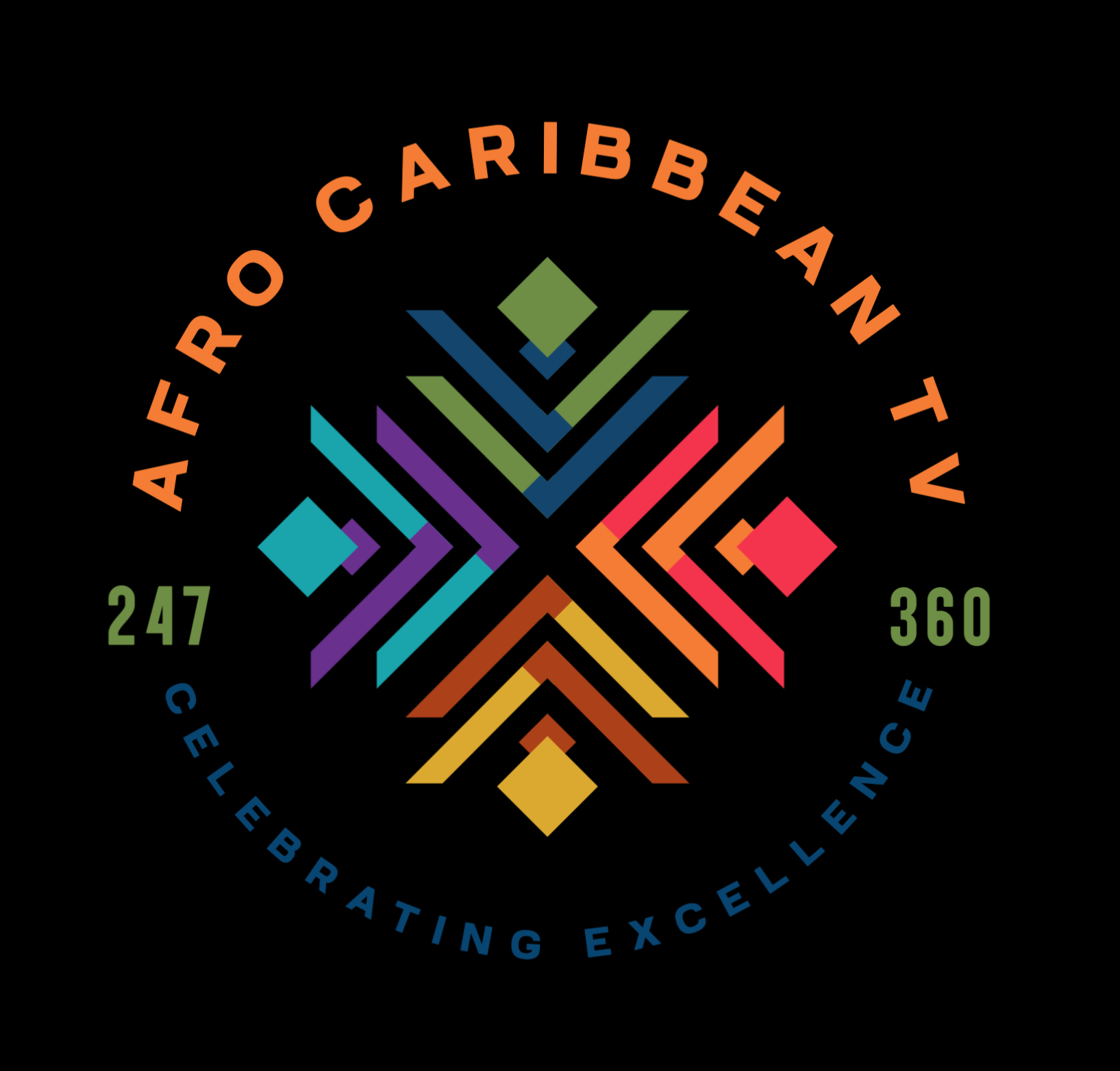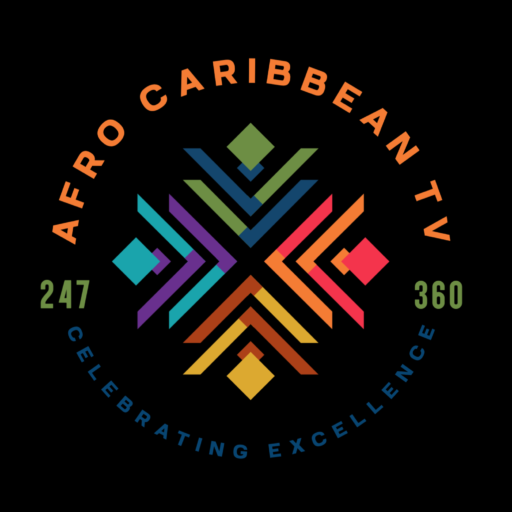President Bola Tinubu’s administration has made significant strides in turning around Nigeria’s economy. The country’s GDP has risen to N372.8 trillion in 2024, up from N309.5…
In a country in search of authentic leadership, Senator Okpebholo’s rising profile signals hope—a steady, thoughtful leader whose work speaks louder than words. Senator Monday Okpebholo…
Aliko Dangote the richest Black man in the world, is looking to expand his business into India.In a recent conversation with Business Today’s Riddhima Bhatnagar, Dangote,…
The Lagos State Government has unveiled the first-ever Lagos Micro, Small and Medium Enterprises (MSMEs) Exclusive and Eko Round City Trade Fair, aimed at promoting inclusive…
President and Chief Executive of the Dangote Group, Aliko Dangote, has called on African entrepreneurs to invest in the continent as priority. Dangote advised while speaking…
Olayemi Cardoso, governor of the Central Bank of Nigeria (CBN), on Thursday informed the senate committee on banking, insurance and other financial institutions that the country’s…
Lagos State Governor, Babajide Sanwo-Olu, has disclosed that his administration attracted over $6 billion in tech funding between 2019 and 2024, as the state now accounts…
The Lagos State government on Tuesday presented prizes to winners of this year’s essay writing competition among students from primary to senior secondary schools across the…
The Ghanaian artist Ibrahim Mahama has become the first African to be named the most influential figure in the art world in ArtReview magazine’s annual power…
President Bola Tinubu has paid glowing tributes to extraordinary industrialist, philanthropist and founder of Doyin Group of Companies, Prince Samuel Adedoyin as he clocks 90.The President,…


